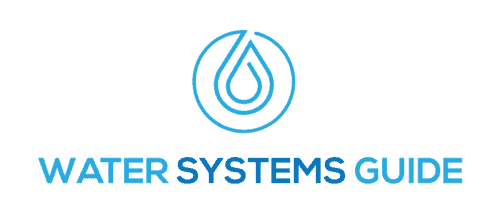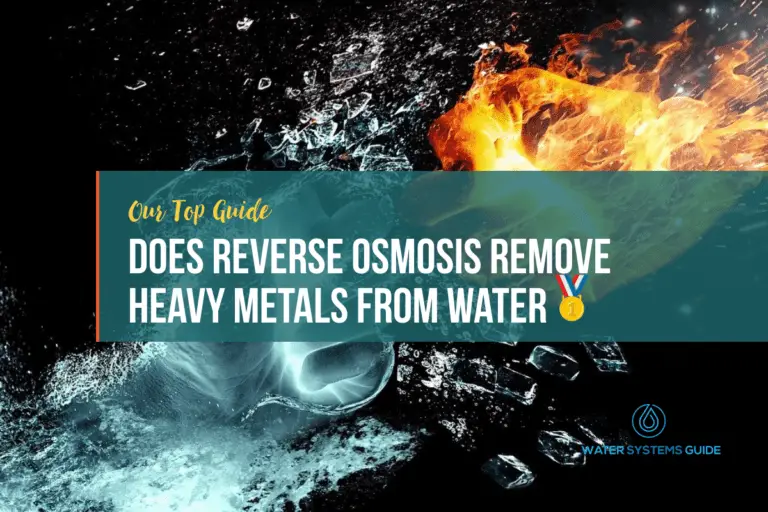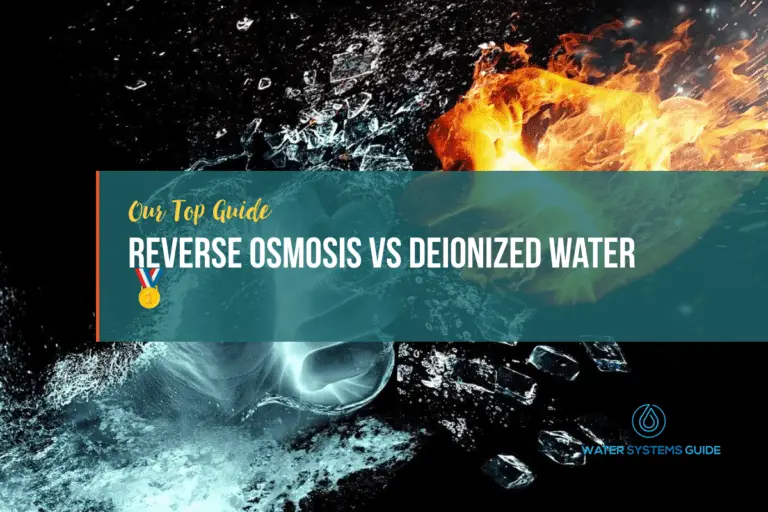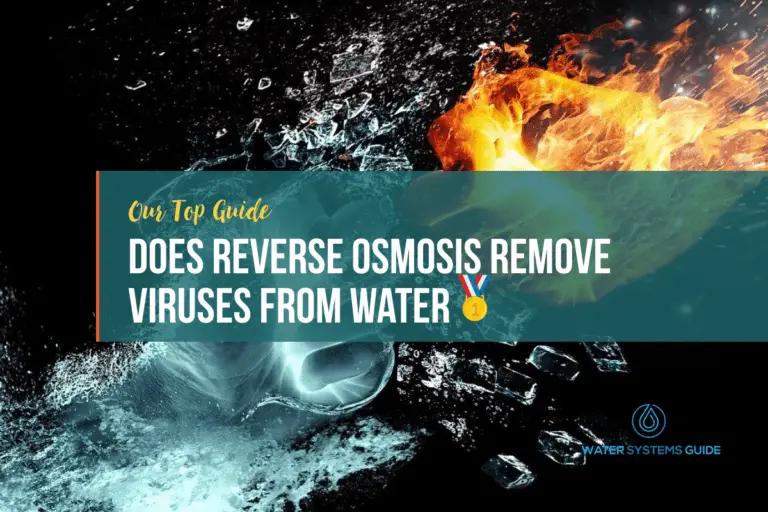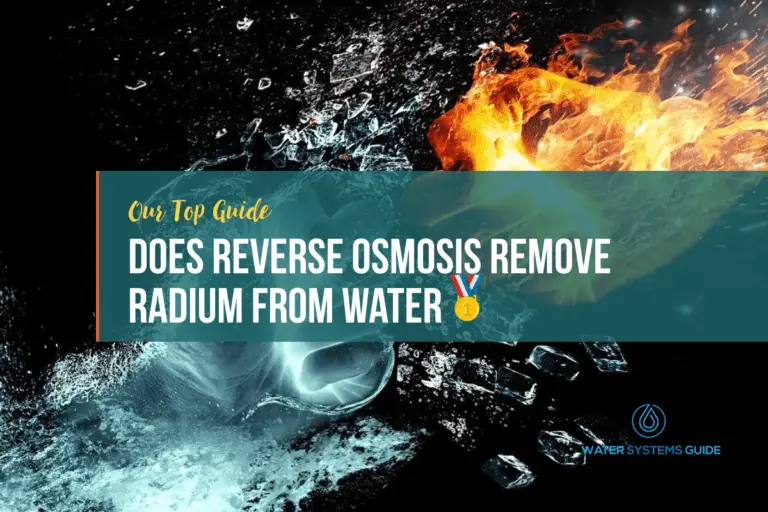Does Reverse Osmosis Remove Phosphate From Drinking Water
What Exactly Is Phosphate
Phosphate is an inorganic chemical that is essential for the growth and health of all living things. Plants and animals need phosphate to build strong bones and teeth, and it is also a key component of DNA and RNA. Phosphate is found in rocks, soil, and water, and it is also a major component of fertilizers.
How Is Phosphate Beneficial To Humans?
Phosphates are essential minerals needed for the growth and maintenance of human cells, muscles, nerves and tissues. It is a main component of DNA & RNA and helps to store energy in the body. It is also required for the proper functioning of many enzymes.
Phosphates help to regulate acid-base balance in the body, and they are involved in the transport of nutrients and other molecules across cell membranes.
What are the side effects of consuming too much phosphate?
The side effects of consuming too much phosphate include an increased risk for kidney stones, calcium deposits in the arteries, bone abnormalities and cardiovascular disease.
In addition, high levels of phosphate can interfere with the absorption of other minerals, such as iron and zinc. Excess phosphate can also lead to gastrointestinal distress, including diarrhea and constipation.
Does RO Remove Phosphate from Drinking Water?
Reverse osmosis (RO) systems are designed to remove a variety of contaminants from water, including phosphate.
Phosphate is a common pollutant in drinking water, and can come from a variety of sources, including agricultural runoff and sewage effluent.
RO systems are effective at removing phosphate from water, and can help to improve water quality and make it safer to drink.
How to test your water supply for phosphate & phosphorus
If you are concerned that your water supply may be contaminated with phosphate, there are a few ways that you can test to confirm this, some of these methods are more reliable than others, with lab testing being the most reliable.
- Contact your water supplier and express your concerns to see if they can test the water at the source
- Get a sample of your water and send it for lab testing
- Get a home water testing kit, which usually has strip tests that change color depending on the level of phosphates in the water
Depending on the results, you could then go about installing a POU (Point of use) or POE (Point of entry) water filter system, such as a whole house RO system, to reduce phosphate levels.
What else does reverse osmosis remove from water?
Alternative Methods Of Reducing Phosphate In Your Water Supply
Although there may be other methods of reducing phosphate in your home’s water supply, water filtration systems are generally the preferred method.
